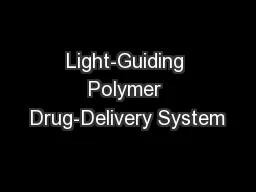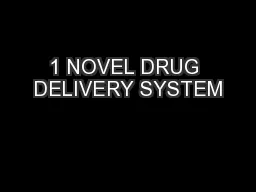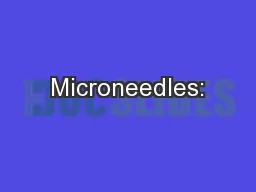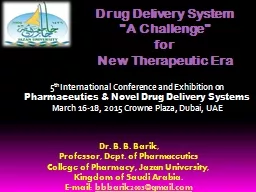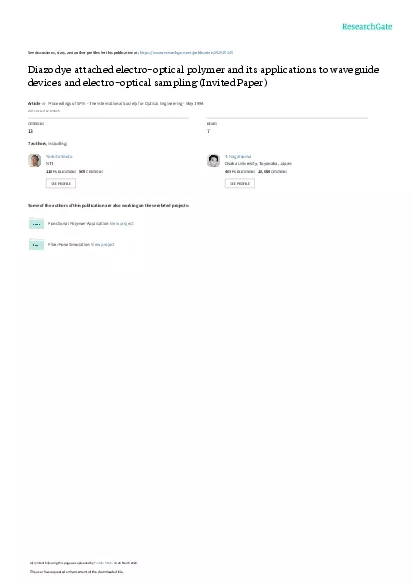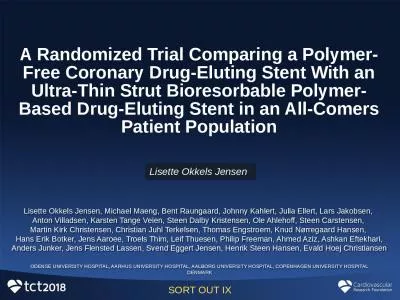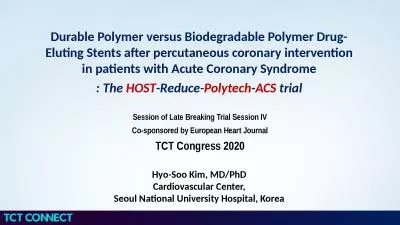PPT-Light-Guiding Polymer Drug-Delivery System
Author : conterc | Published Date : 2020-06-19
Andrew Isherwood Brian Lawrey Phil Szymanski Eugenia Volkova Evaluation of Properties Index of Refraction No function to calculate index of refraction for a polymer
Presentation Embed Code
Download Presentation
Download Presentation The PPT/PDF document "Light-Guiding Polymer Drug-Delivery Syst..." is the property of its rightful owner. Permission is granted to download and print the materials on this website for personal, non-commercial use only, and to display it on your personal computer provided you do not modify the materials and that you retain all copyright notices contained in the materials. By downloading content from our website, you accept the terms of this agreement.
Light-Guiding Polymer Drug-Delivery System: Transcript
Download Rules Of Document
"Light-Guiding Polymer Drug-Delivery System"The content belongs to its owner. You may download and print it for personal use, without modification, and keep all copyright notices. By downloading, you agree to these terms.
Related Documents

